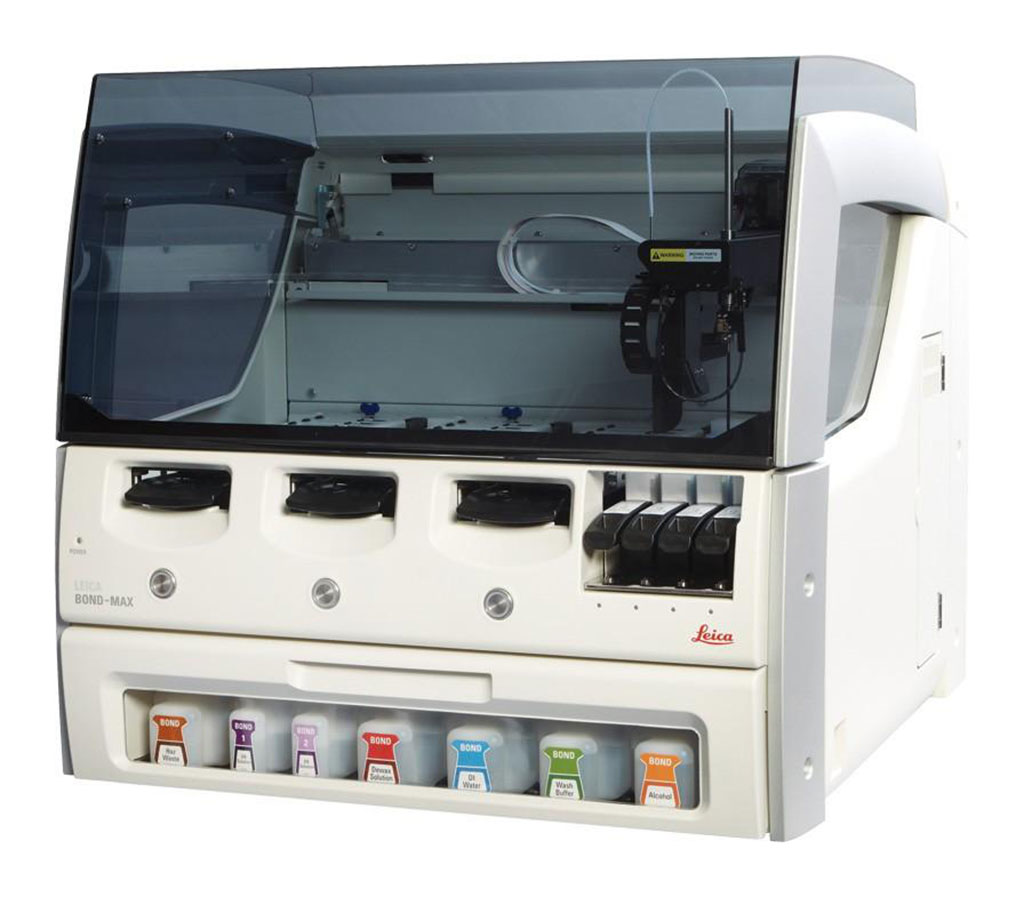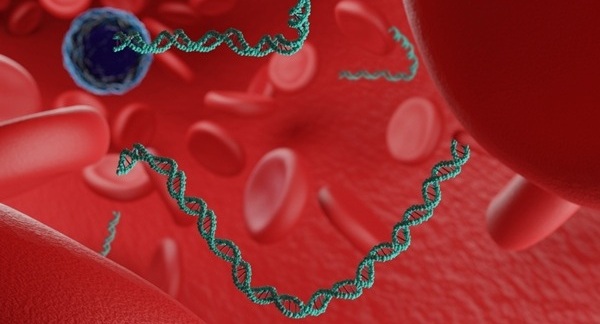Single-Cell Proteomics of Localized Prostate Cancer Defines Disease Heterogeneity
Posted on 26 Apr 2022
Prostate cancer affects about 12.6% of men over the course of their lives, and while most individuals with localized disease can be cured, disease does recur in a small number of patients. The treatment of localized prostate cancer is based on clinicopathological information including Gleason score, prostate-specific antigen (PSA) levels, stage, and patient age.
Several potential biomarkers including gene fusions, mutations, epigenetic heterogeneity, and proteins have been studied. Technological advances in proteomics now allow both exploration of the proteome for biomarkers and assessment of the heterogeneity of biomarker expression. However, analysis of a whole tissue core misses important cell-to-cell variability.

An international team of clinical scientists collaborating with the University of Zürich (Zürich, Switzerland) collected samples from a cohort of 58 prostate cancer patients that included 24 patients with grade II disease, 22 with grade III, and 12 with grade V disease. For 17 patients, they also collected and analyzed adjacent benign prostatic tissue. The single-cell mass cytometry analysis they used relied on a panel of 36 metal-tagged antibodies that recognized surface markers, enzymes, transcription factors, and markers of functional readouts. In all, they analyzed more than 1.67 million cells.
For the dissociation of tissues to single cells, the tissue was minced using surgical scalpels and further disintegrated using the Tumor Dissociation Kit, human)and the gentleMACS Dissociator (Miltenyi Biotech, Bergisch Gladbach, Germany). The team also performed mass cytometry barcoding, antibodies and antibody labeling, antibody staining and mass cytometry data collection and data were acquired on an upgraded Helios CyTOF 2 mass cytometer (Fluidigm, South San Francisco, CA, USA). Automated platforms were used for in situ protein expression analyses of CD15, and CD3 (Leica Bond-Max, LeicaBiosystems, Deer Park, IL, USA).
The investigators fed their data into the Franken computational pipeline, an unsupervised, single-cell clustering approach they developed. Franken identified 55 different cell clusters, which the team organized in a set of 33 metaclusters, consisting of 14 epithelial, 16 immune, one stromal, and one endothelial cell clusters as well as a cluster lacking most markers in the panel. This set, they said, reflects the main cell-type compartments in the prostate. Luminal cells, for instance, were the most abundant cell type, followed by T cells.
There was, the scientists noted, overlap in the cell phenotypes found among tumor and associated benign tissue, though they diverged in their immune landscape and in rare phenotypes present. Two T cell clusters, dubbed TC03 and TC04, representing apoptotic and proliferating T cells, respectively, were enriched among tumor samples, as were two macrophage clusters. They additionally noted that two phenotypes enriched in high-grade patients express CD15, which is involved in cell adhesion and migration and has been implicated in other tumor types as having stem-like potential, suggesting it could be a marker of aggressive disease.
The authors concluded that they had found that tumor and non-tumor regions differed in rare cell types. This made it difficult to employ bulk RNA sequencing in survival analysis as well. Furthermore, they discovered a rare proliferating macrophage and T cell subpopulations as well as an uncommon CD15+ cell type that was enriched in tumor and advanced disease. The study was published on April 19, 2022 in the journal Cell Reports Medicine.
Related Links:
University of Zürich
Miltenyi Biotech
Fluidigm
LeicaBiosystems













